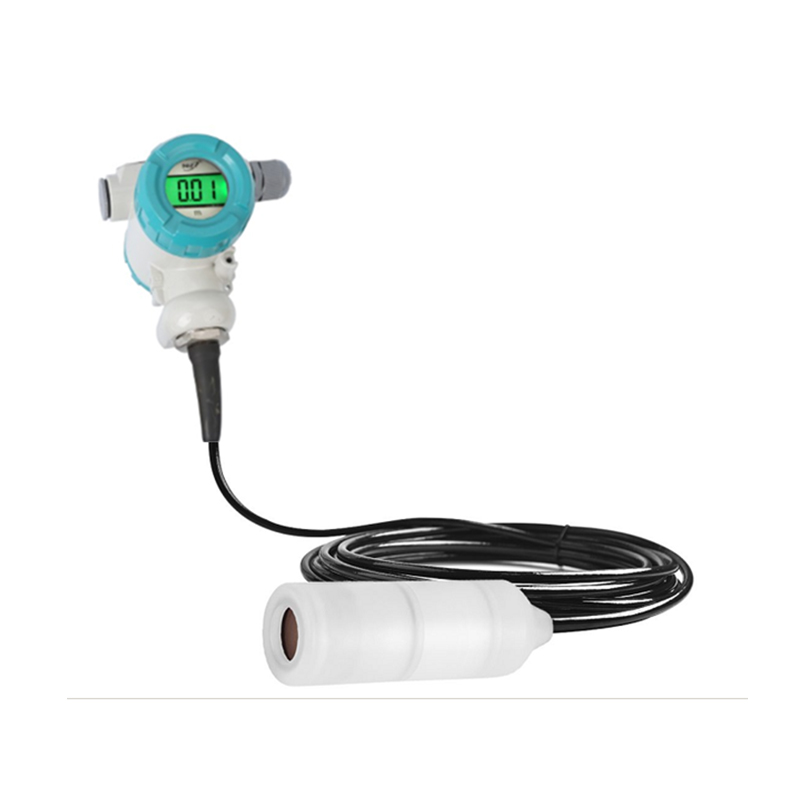Troubleshooting a submersible level transmitter that is not providing accurate readings involves several steps. Here's a systematic approach:
Check the Installation: When verifying the installation, it's essential to not only confirm the depth and angle but also ensure that the transmitter is mounted securely and that any sealing mechanisms are intact. Consider factors such as the presence of obstructions or turbulent flow near the transmitter, as these can affect accuracy. Inspecting the installation site for any potential sources of interference, such as nearby machinery or electrical equipment, is also prudent.
Inspect for Physical Damage: A thorough inspection should involve not only a visual examination but also tactile inspection to detect any subtle damage that may not be immediately apparent. Pay close attention to areas where the housing may have been compromised, as well as any signs of corrosion, which can indicate exposure to corrosive substances. Even minor damage can have a significant impact on the transmitter's performance, so it's crucial to be meticulous in this assessment.
Inspect the Wiring: Beyond ensuring that connections are secure and undamaged, it's worth examining the entire length of the wiring for signs of wear or degradation. Pay particular attention to areas where the wiring may be exposed to harsh environmental conditions, such as extreme temperatures or moisture, as these can accelerate deterioration. Consider performing a continuity test to verify the integrity of the wiring and connections thoroughly.
Calibration Check: When calibrating the transmitter, it's not sufficient to rely solely on a single reference point. Instead, calibrate across the entire range of expected measurements to ensure accuracy at all levels. Document the calibration process meticulously, including any adjustments made, to establish a clear record of the transmitter's performance. Consider using traceable standards or calibration equipment to validate the accuracy of the calibration procedure itself.
Zero Adjustment: Zero adjustment is not a one-time task but should be performed regularly to account for any drift in the transmitter's baseline measurement. Before adjusting the zero point, verify that the transmitter is operating under normal conditions and that there are no external factors influencing the readings. Follow a standardized procedure for zero adjustment, taking care to minimize any potential sources of error.
Environmental Factors: Environmental considerations extend beyond just temperature and pressure; factors such as humidity, vibration, and exposure to chemicals can also impact the transmitter's performance. Conduct a comprehensive risk assessment to identify all potential environmental hazards and take appropriate measures to mitigate their effects. This may involve implementing protective measures such as enclosures or shields or relocating the transmitter to a more suitable location.
Sensor Contamination: Cleaning the sensor is not a one-size-fits-all process and may require specialized techniques or cleaning agents depending on the nature of the contamination. Take care to avoid damaging the sensor during cleaning, as abrasive materials or harsh chemicals can exacerbate the problem. Consider implementing preventative measures, such as installing filters or screens, to minimize the risk of contamination in the future.
Check for Air Bubbles: Air bubbles can be particularly insidious, as they may not be immediately visible but can still interfere with the transmitter's operation. In addition to venting the transmitter properly, consider implementing measures to prevent air entrainment in the liquid, such as using baffles or diffusers. Monitoring for the presence of air bubbles using visual inspection or acoustic techniques can also help identify potential issues before they affect accuracy.
Anti-corrosion with display submersible level transmitter

